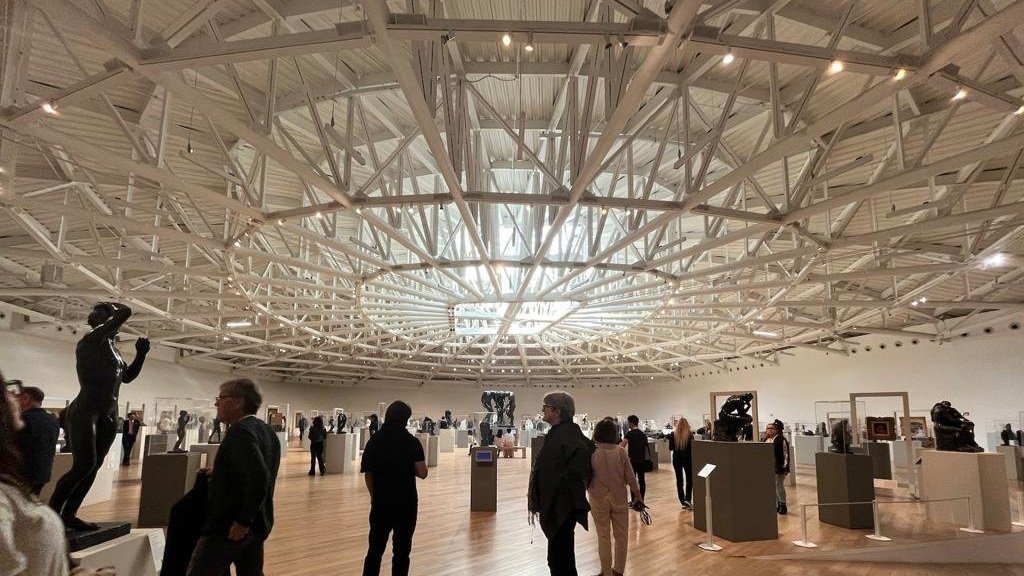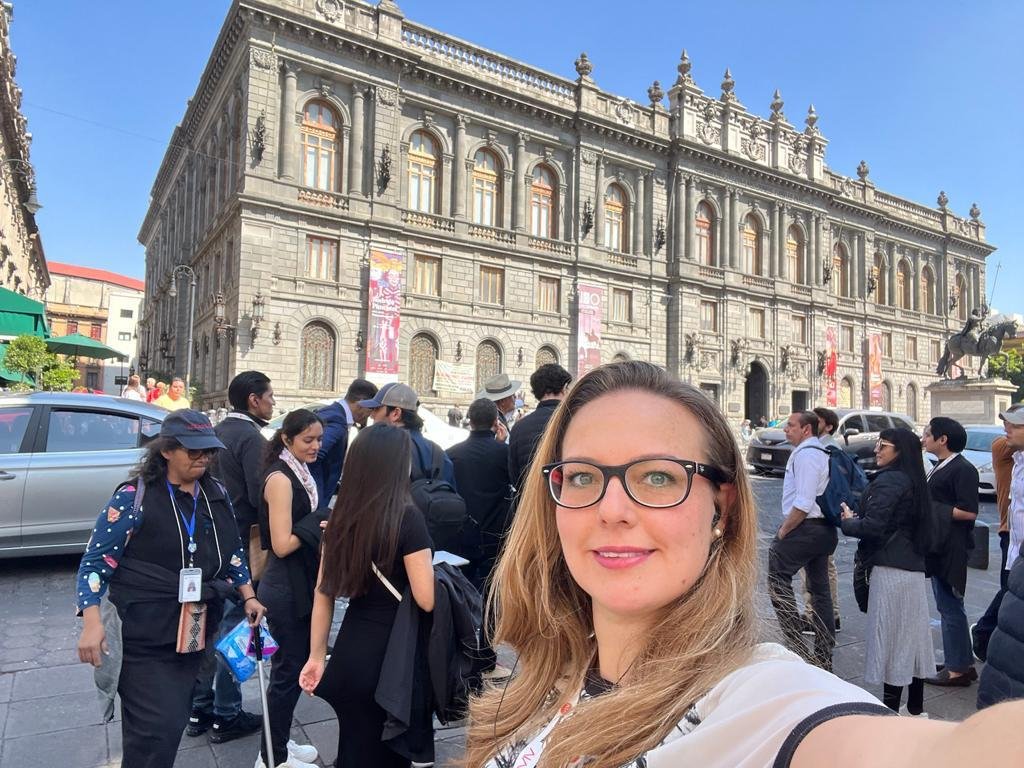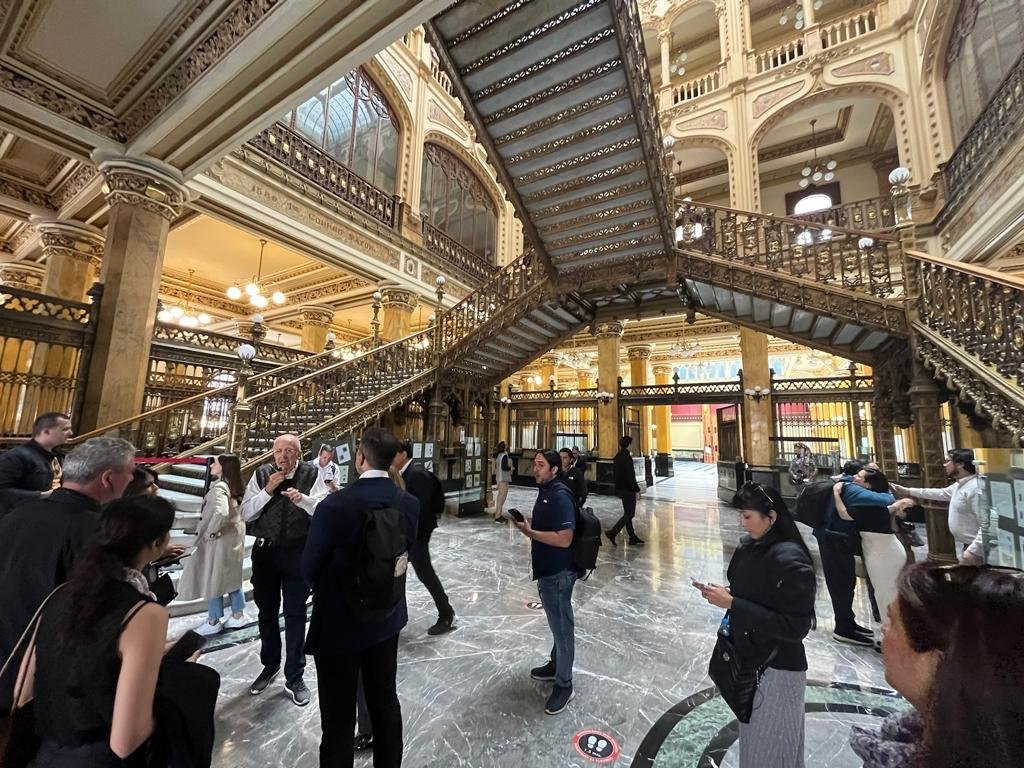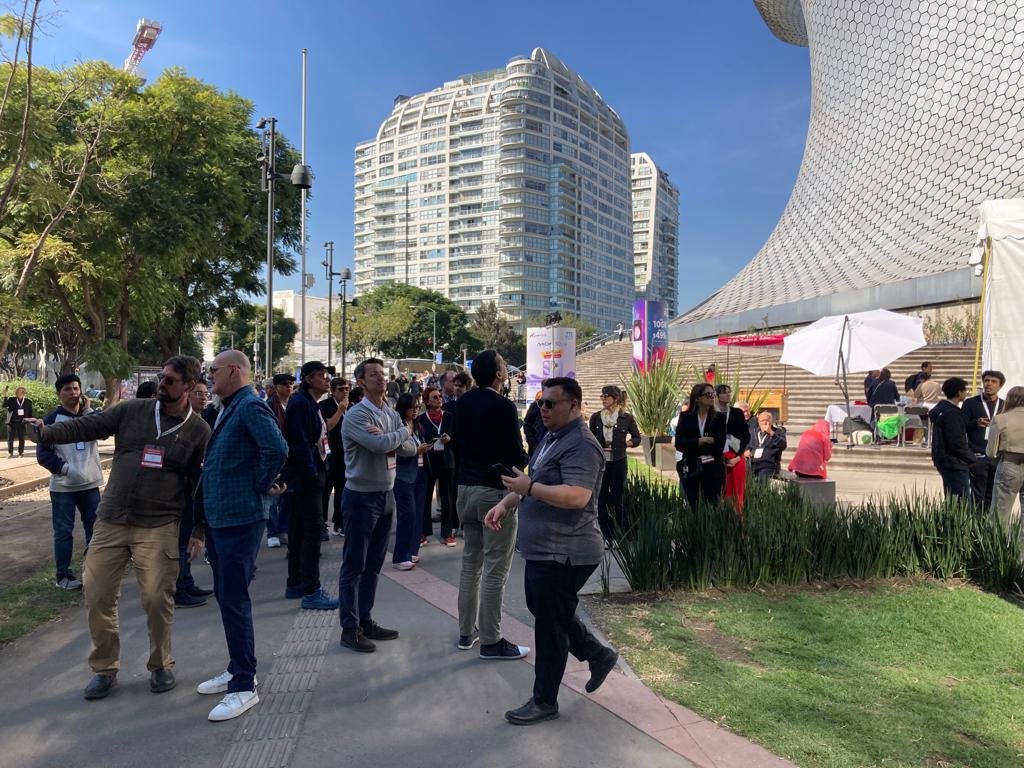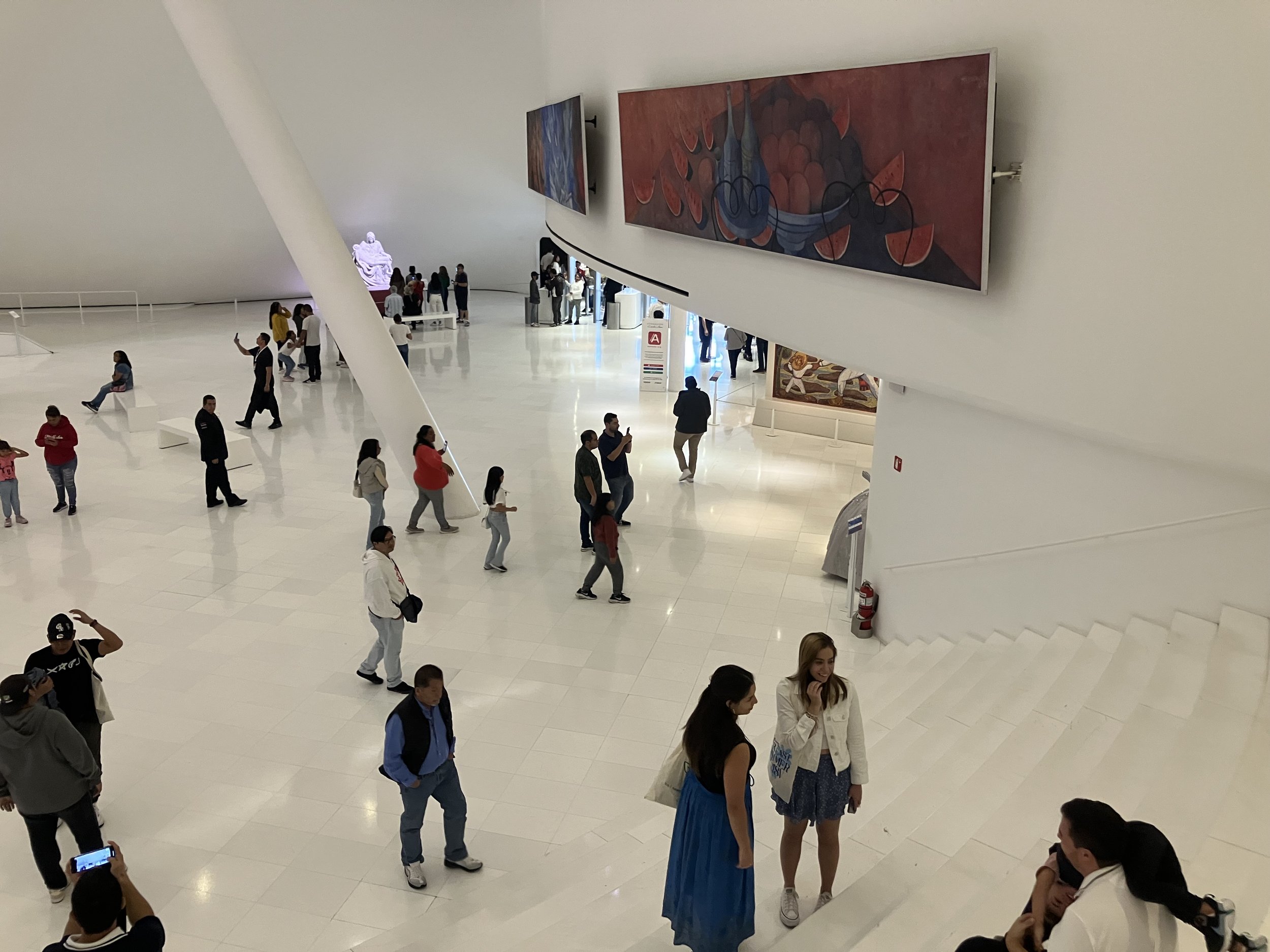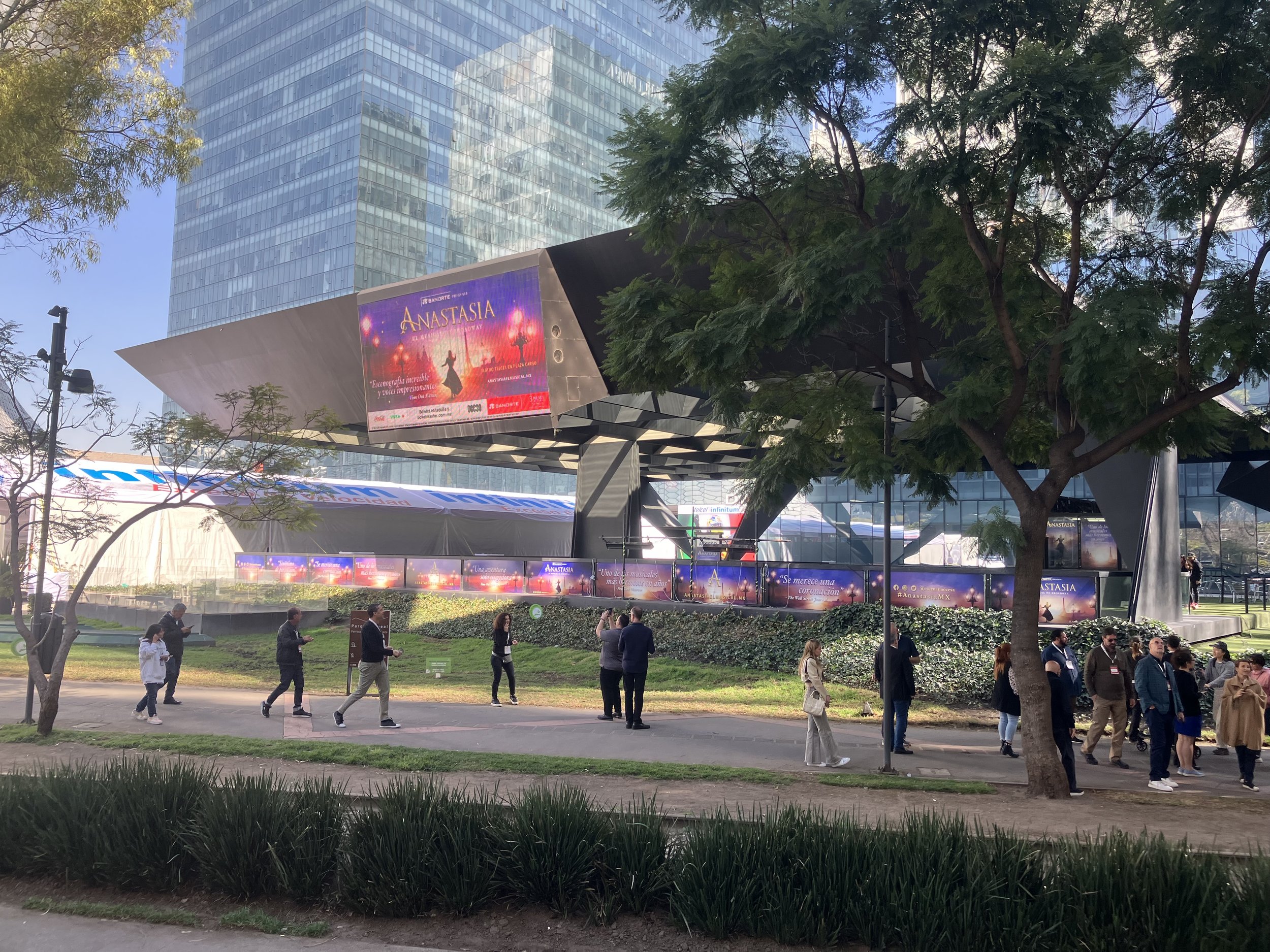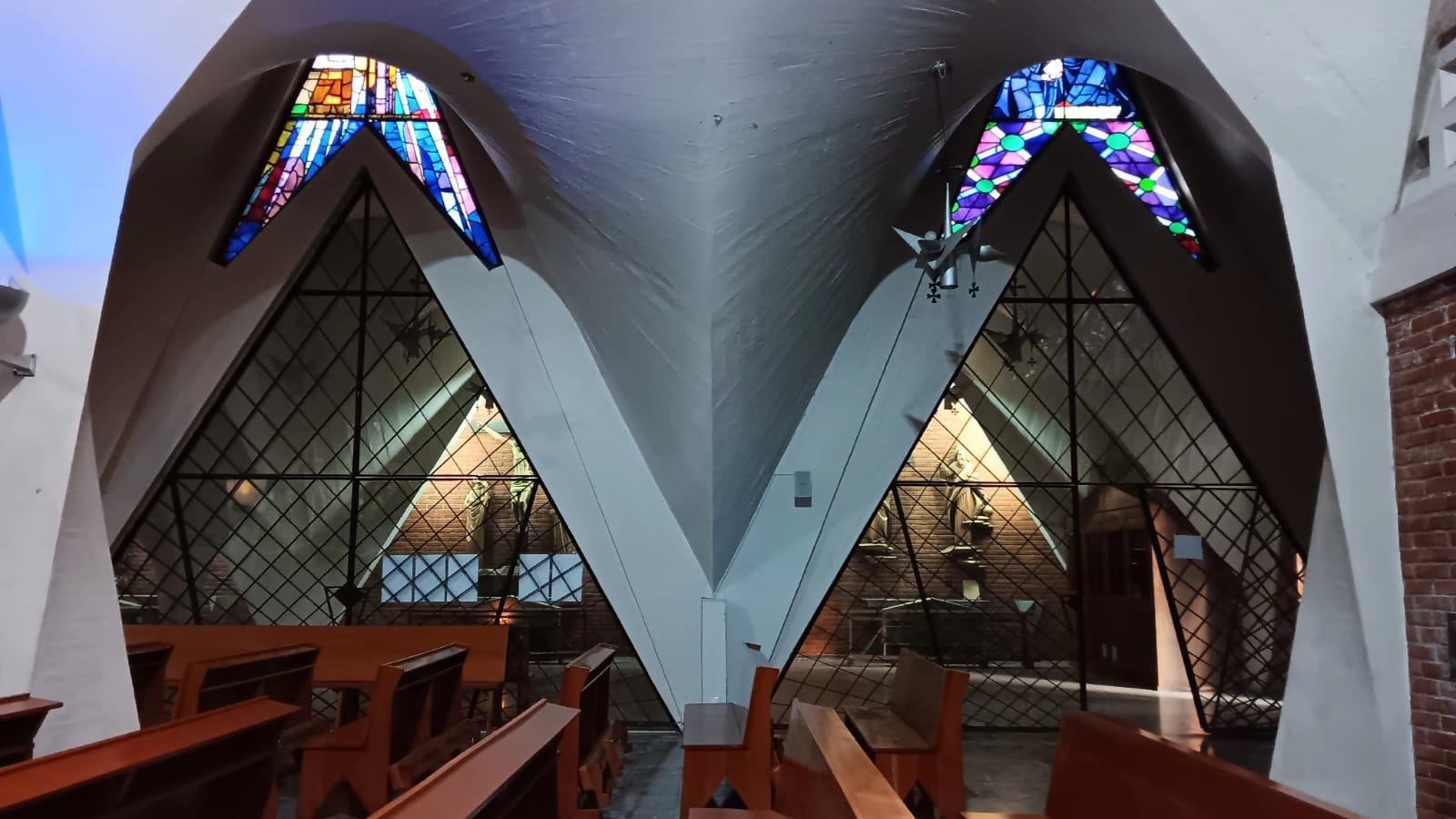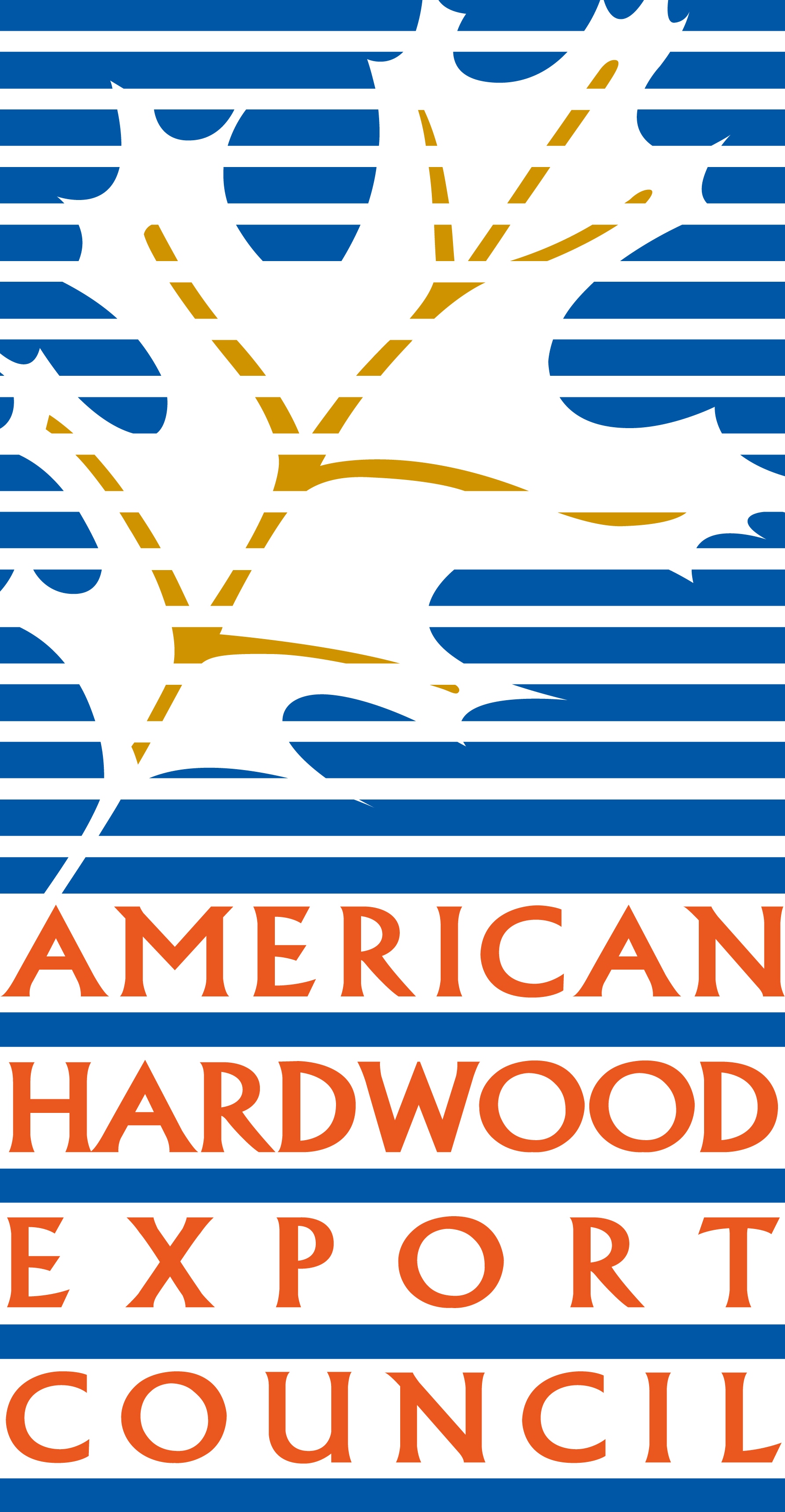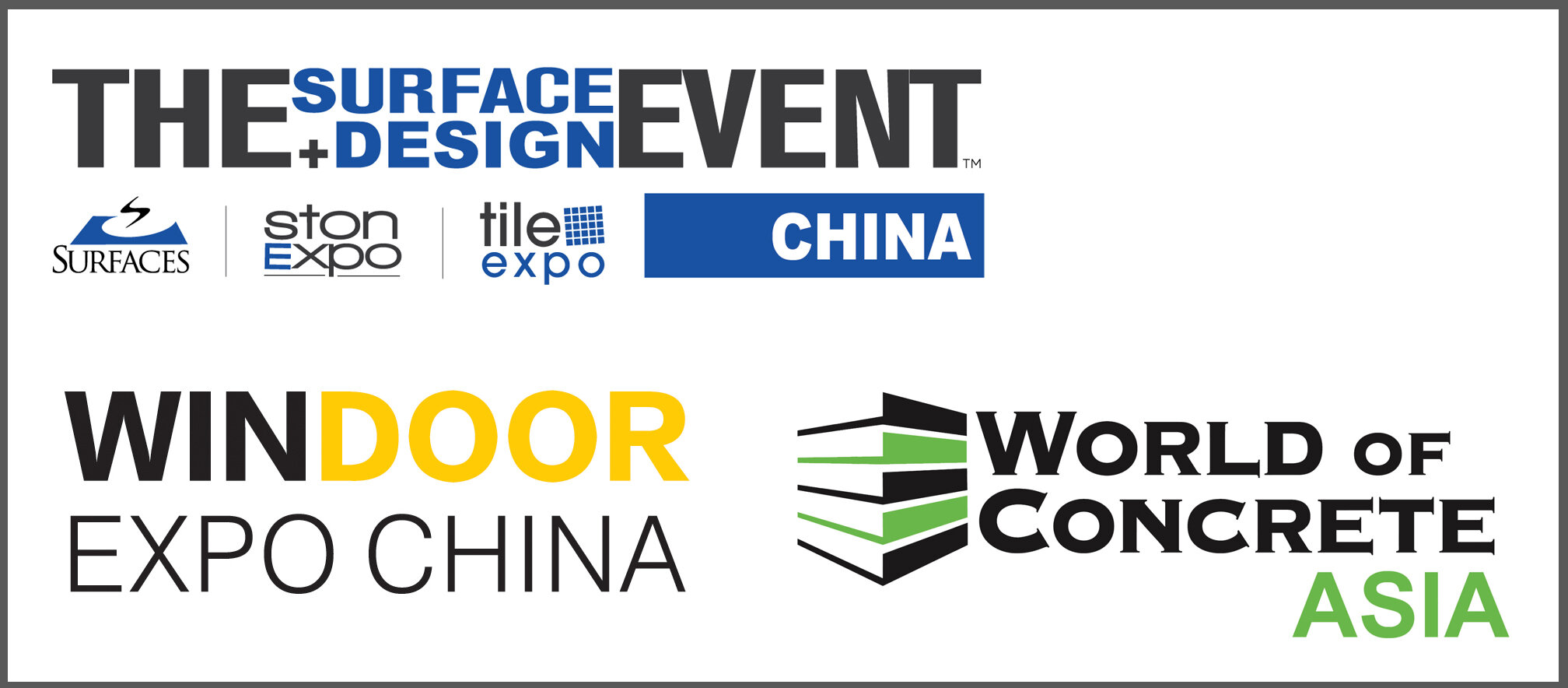AIA International Conference Mexico City 2023: Memories and Visions - Day 3
This article is part of a series looking back in more detail at the 2023 AIA International Conference in Mexico City.
The last day of the conference on the 5th of November was no less informational and exciting, drawing both local and international architects to speak about their projects.
Sara Topelson of Grinberg + Topelson reflected on her practice’s diverse work, from residential to cultural. An urban plan in Cideco lays out homes along pedestrian avenues and a courtyard, windows maximizing both daylighting and occupant privacy. In contrast, an apartment complex amid downtown Luis Moya adapts to the urban environment; above street facing retail spaces are apartments along the rear of the site, oriented along floating corridors as communal spaces. The Cultural Center Universidad Anáhuac is perhaps the most immediately familiar as the locale of the conference. Its sloped site as well as the surrounding campus were approached with a design that reflected its neighbors and situated parking underneath the performing arts hall. Adaptability and sustainability were emphasized, with acoustical studies and a stage capable of a wide range of productions and floor-integrated HVAC. Especially for those attending live, the results were certainly very immediate.
Starting his journey with a move from Mexico to New York, Ismael Leyva shared an origin story where perseverance earned him a rewarding career at an office lasting fifteen years. After striking out on his own, his work ethic allowed him to foster clients’ needs and make a name for himself. His high-end residential works have earned a reputation in New York, from the Icon in Manhattan to 66 Rockwell in Brooklyn. His work on the residential section of the mixed-use Time Warner Center marked a successful collaboration with four other offices. Despite a breadth of urban projects, his work also strives to harmonize with nature. At the Aloa residential development in Tulum, luxury apartments with individual pools and on-site amenities share the spotlight with the immediacy of the surrounding jungle, where care was taken to retain the existing trees.
Fernanda Canales made the point of designing within the context of the entire city and acknowledging the impact of the built environment. The Bruma residence with dark concrete structures around a courtyard integrates well into the surrounding hillside, blurring the boundary between outside and inside. The Vecindad Monte Alban apartments in Mexico City create similarly communal spaces but in an urban context, with exterior corridors as extensions of living space and leading to terraces. Public outreach is also central to her public work; a library in the border town of Naco builds upon a public park and creates places of refuge in a town in transit. Sports facilities in Naco and Agua Prieta, with skate parks, restrooms, and ball courts, create safe spaces with open, overarching roofs and subtle materials reflecting the environment.
Benjamin Romano’s opening slide of pictograms hints at his valuing of simple, elegant solutions. Tres Picos is an office tower embracing its compact triangular lot, using compact steel walls and integrated shafts and cantilevered exterior stairs to maximize space. Torre Reforma emphasized both its history and the future; the existing colonial house was retained and made a centerpiece of the project, while the new tower overlooking it exemplifies modern sustainable practices. Puerto Vallarta Airport’s Terminal 2 utilized black steel “jacks” not just as dominant visual elements dotting the concourse, but as diagonal structure for its three stories, mechanical and AC systems, and roof shape for rainwater collection, proving that even in complex infrastructure projects a clear identity can provide a striking design.
Francisco and Ines Martin del Campo of Arquitectoma shared their experiences of operating as a real-estate firm, not only designing but also working with the financial and legal aspects. Urban context is central: Ruben Dario 123, their first high-rise residential project, was also Mexico’s first core and shell tower allowing individualized interior layouts. Corporativo Cantera and Par Del Parque together form a new diversified city center, comprising commercial spaces, offices and apartments. Garden Santa Fe exemplifies urban integration even more, as a mixed-use commercial center with a public roof garden and dynamic glass cones that penetrate the three stories from above, providing daylighting and ventilation throughout. And highlighting the value of collaboration with other offices, the Chapultepec Uno mixed-use tower completes the composition of a new city gate for Mexico City.
Finally, Jacob van Rijs from MVRDV introduced his office’s beginnings by reflecting on the technology of that era, setting the stage for projects breathing new life into the old. Part-Dieu revitalized a 70’s era shopping center in Lyon via a new façade, public roof park, and additional entrances, reactivating public circulation. In Shenzhen, the Women + Children’s Center tower was given new life with a vibrant façade; the Idea Factory was borne from the skeleton of an old factory, routing new corridors along the inside of the façade for a multistory urban village, now lively with business at all hours. And with 80% of the structure (and thus embodied carbon) retained, the sustainability aspect was immense. On an urban scale, the Seoullo 7017 project in Seoul revitalized an old highway into a pedestrian skyway connecting two neighborhoods and adjoining businesses. With amenities such as cafes, concert stages and pavilions, the act of traversing the city on foot was reinvented and made an attractive activity.
Three days of lively discussions ranged from those with roots in Mexico and pursuing projects around the world, to those from abroad pursuing the profession and getting to know Mexico on a personal level. From those in the audience and the experts themselves, to those who tuned in remotely or via video recordings, it is clear the indelible role Mexico plays on the innovative and bleeding edge of international architecture.
Written by Marco Lau, M.Sc. Architektur, AIA
Contributor to AIA International Communication & PR Committee


